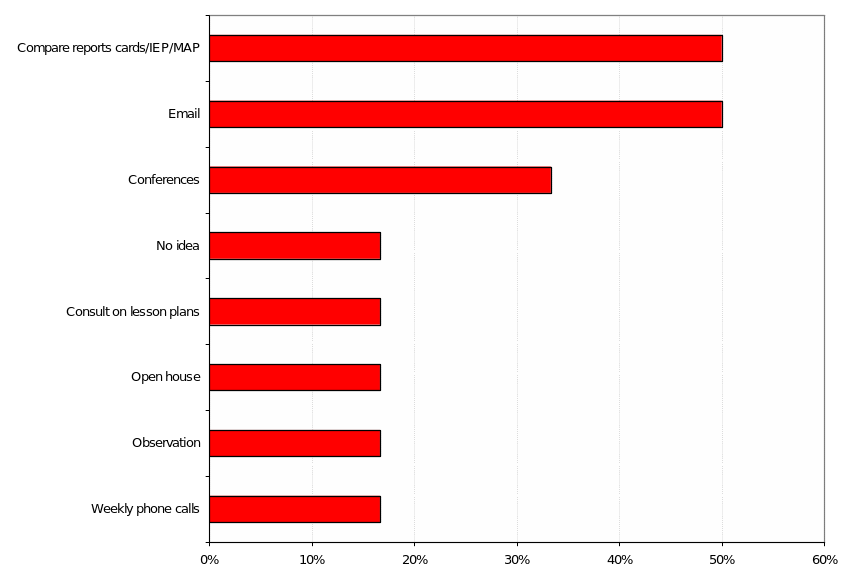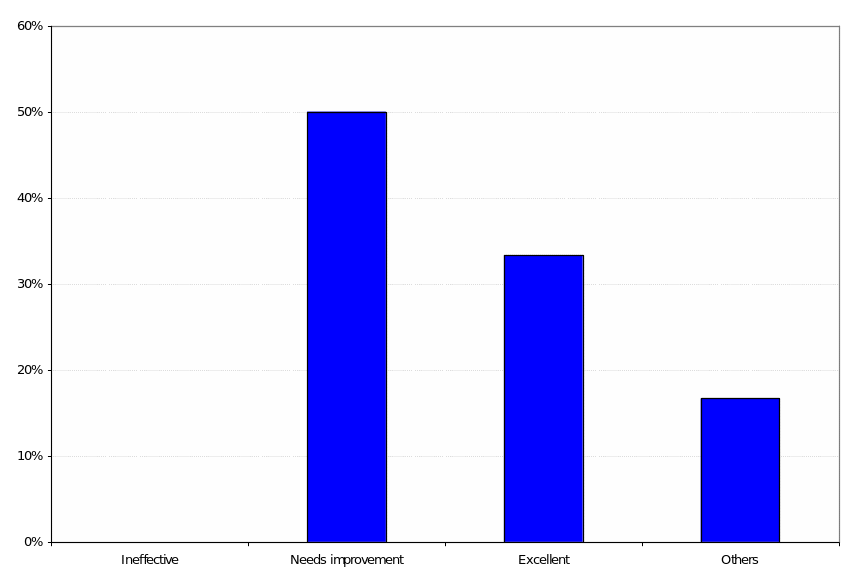On taking the “Alternative School Transition” survey at Zoomerang (Market Tools Inc., 2010) and viewing the feedback, one gets the sense that the views of respondents are mixed. This springs partly from the fact that the alternative school in question is new and the learning curve undoubtedly steep. As well, exogenous risk factors such as dysfunctional family life and socio-economic deprivation persist beyond the ability of special education teams to solve over the short term.
This is evident even in the very first question about whether students should automatically revert after a year to their regular school environment despite not meeting the goals and objectives for which they were referred to the alternative school in the first place (Table 1 below). One in six survey respondents so disliked the idea that he/she gave no further explanation. It is as if the idea has no merit and brooks no discussion at all.
Data analysis proceeded by coding the verbatim explanations into a complete and distinctive set of categories. More often than not (33% of respondents or 2 in 5 objecting to automatic return to home school environments), the reason given was that it was counterproductive. The underlying attitude seems to be that the student should have resolved all the disruptive behaviors that triggered a referral to special education in the first place.
Other respondents were adamant that the student referred for special education should at least have evinced substantial progress against the goals and objectives at the start of alternative schooling.
Table 1
Whether Students Sent to Alternative School for Disruptive Behavior Should be Allowed to Return to the Regular School Environment Despite Not Meeting Alternative School Goals and Objectives
What Alternative School Staff Can Do to Help Students Transition Back to the Regular School Environment
Table 2: Recommendations for Easing Return to Regular School Environment.
Beliefs about High Recidivism Rate
Table 3: Perceived Reasons for Recidivism.
On Increasing Communication with the Student’s Regular Zoned School’s Teachers and Staff

Overall Rating of Effectiveness

Reference
Market Tools Inc. (2010). Alternative school transition. Web.
